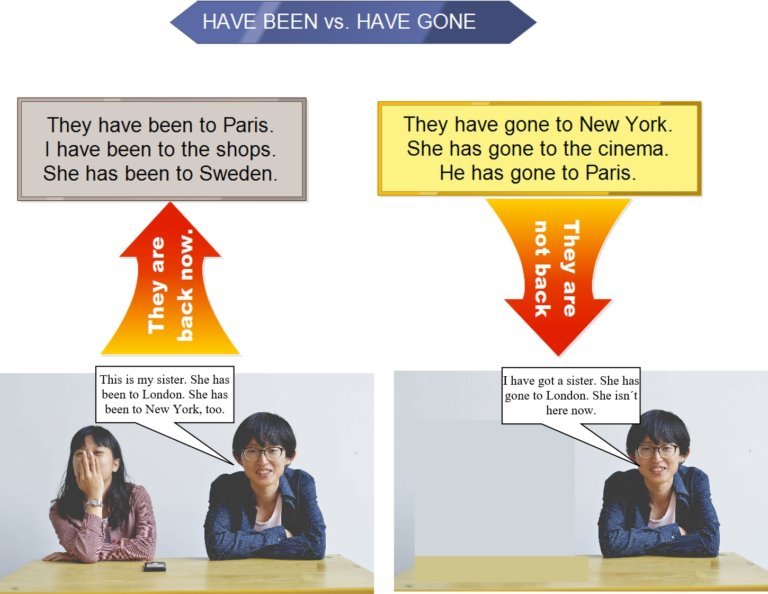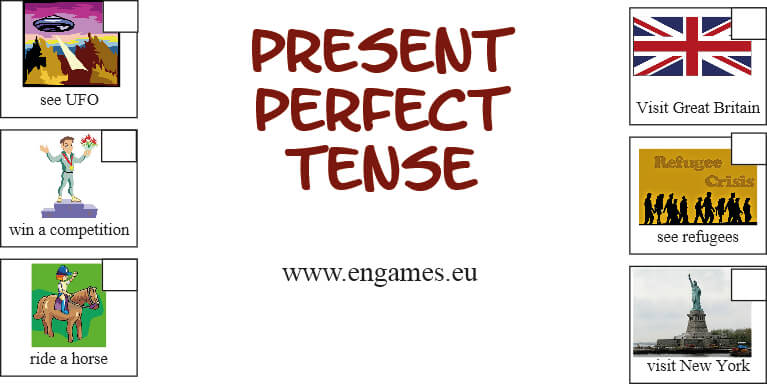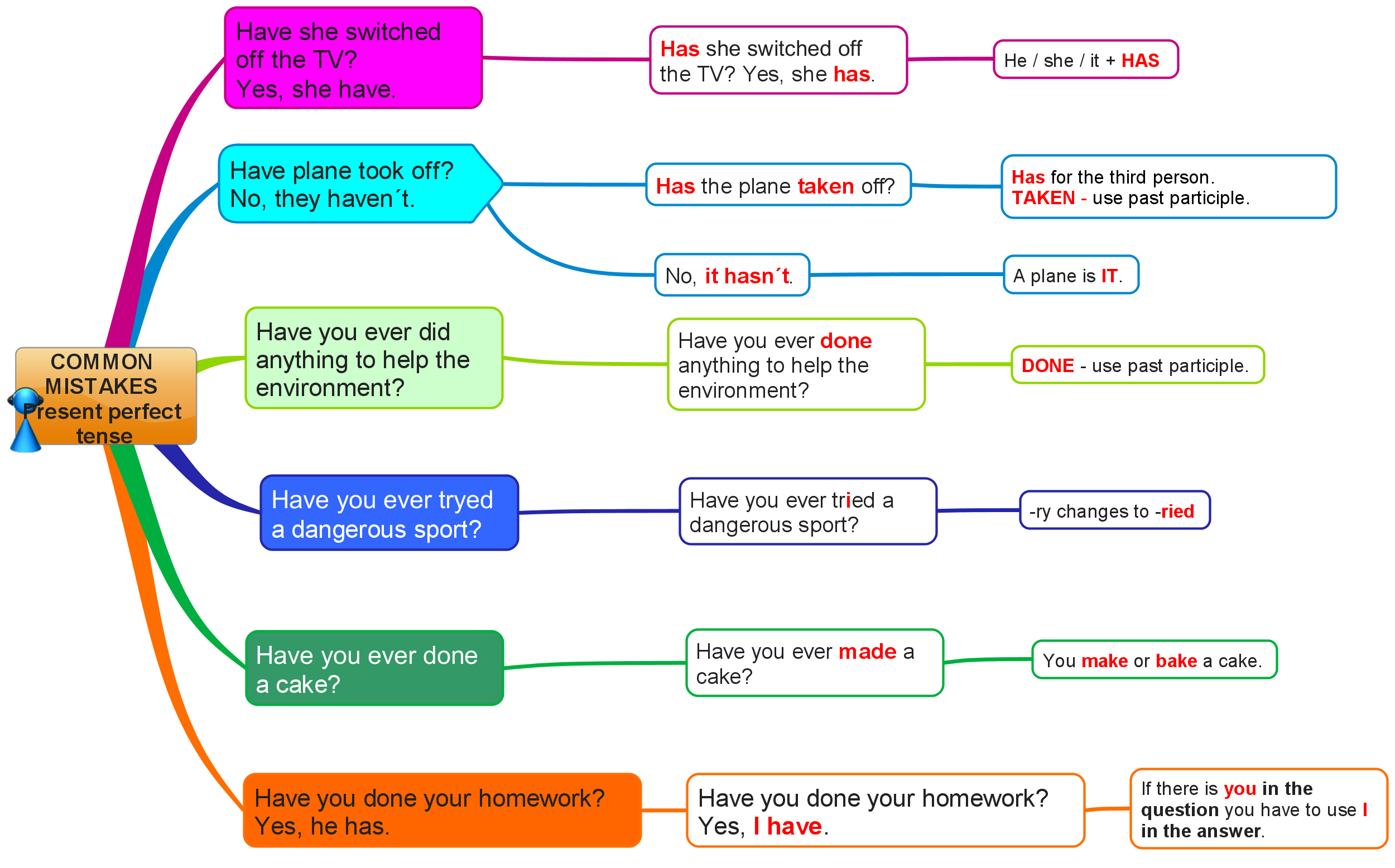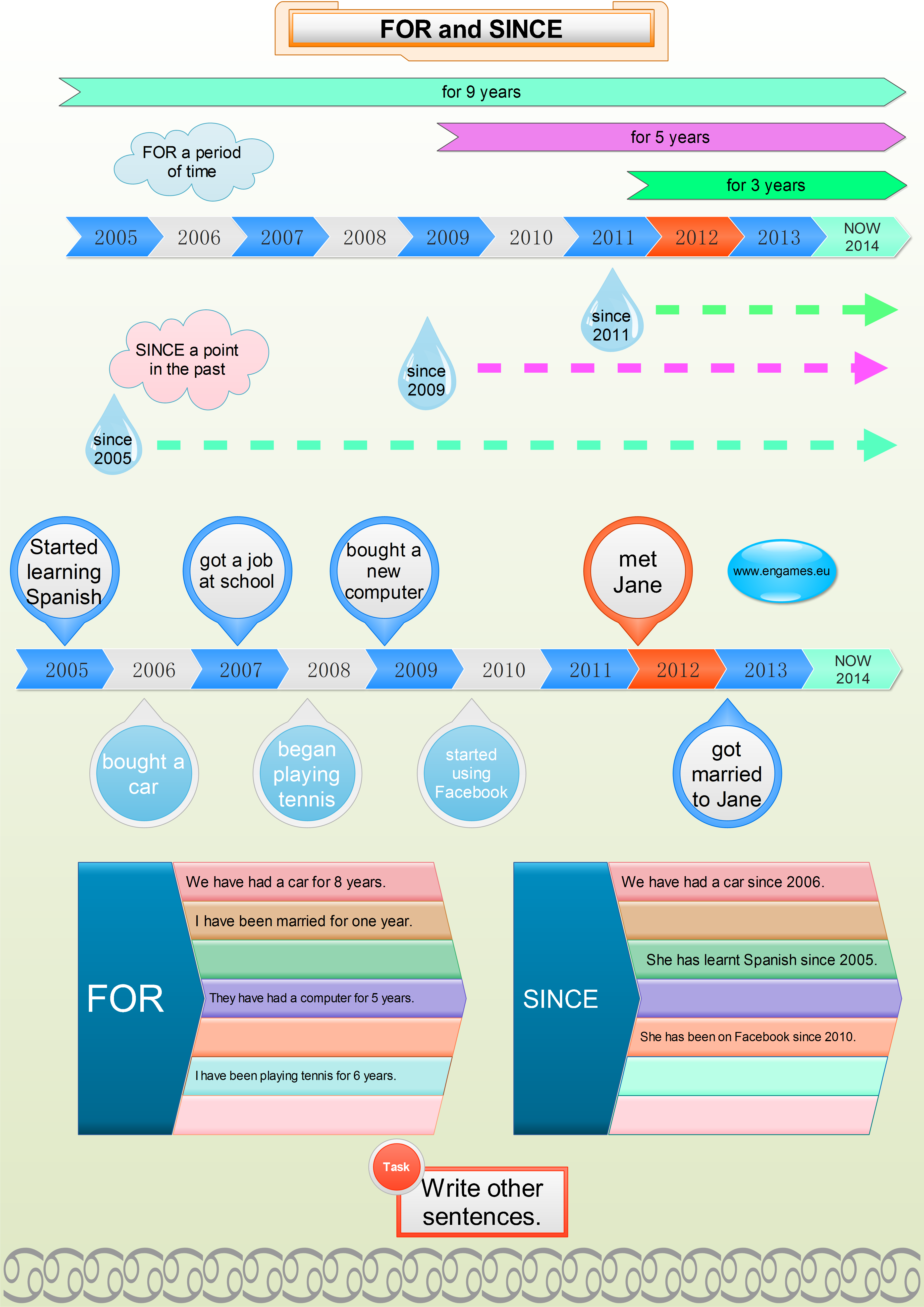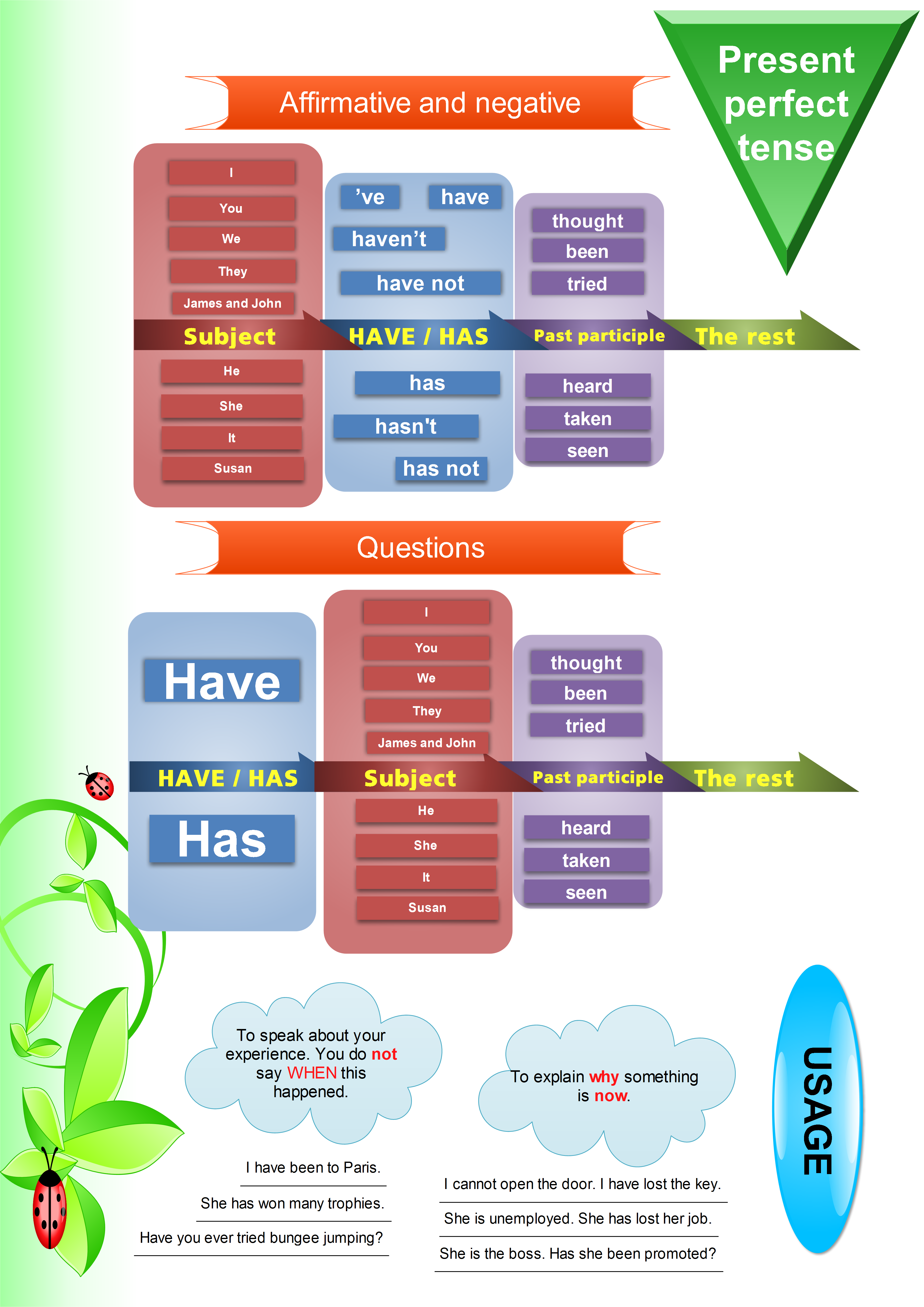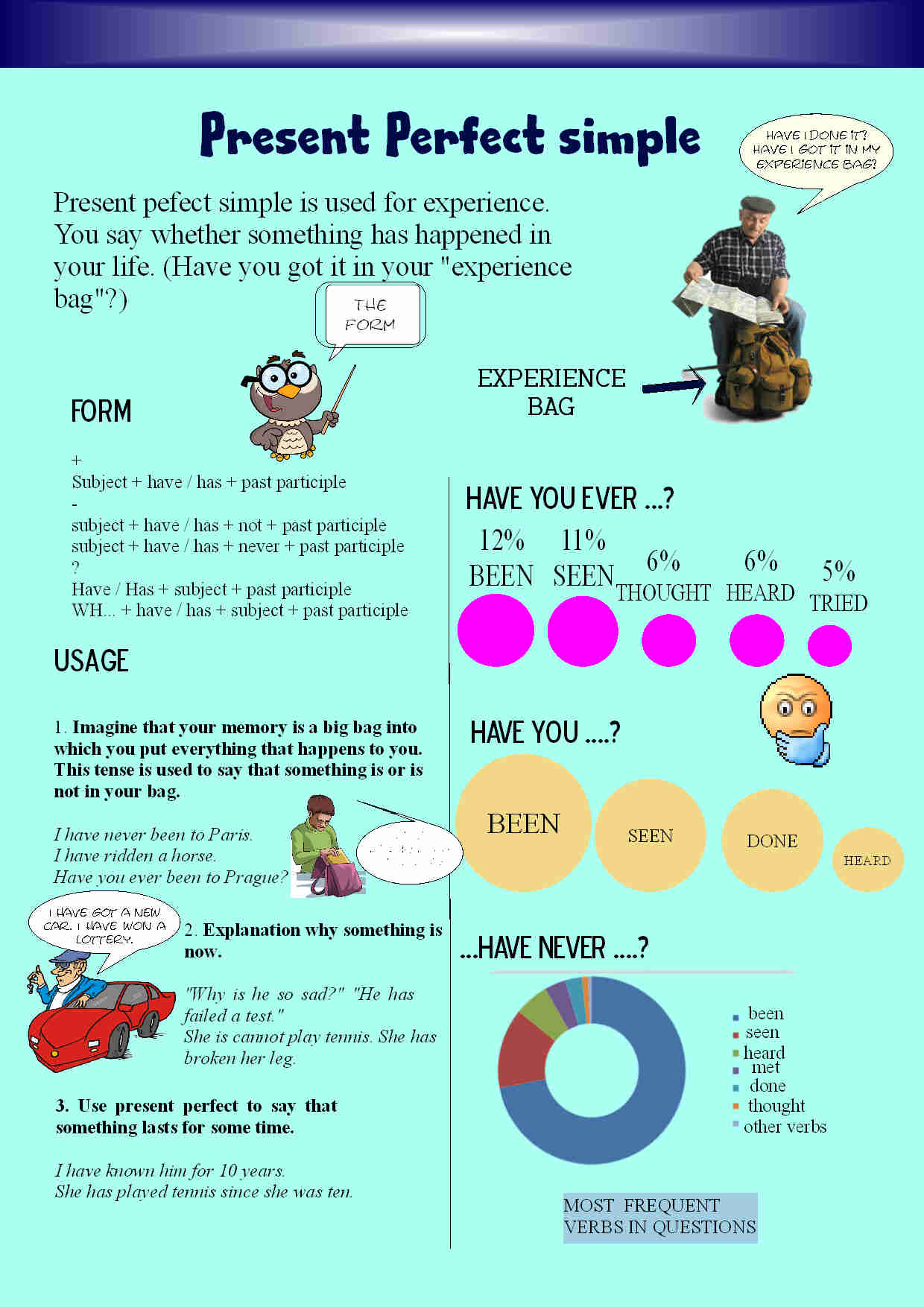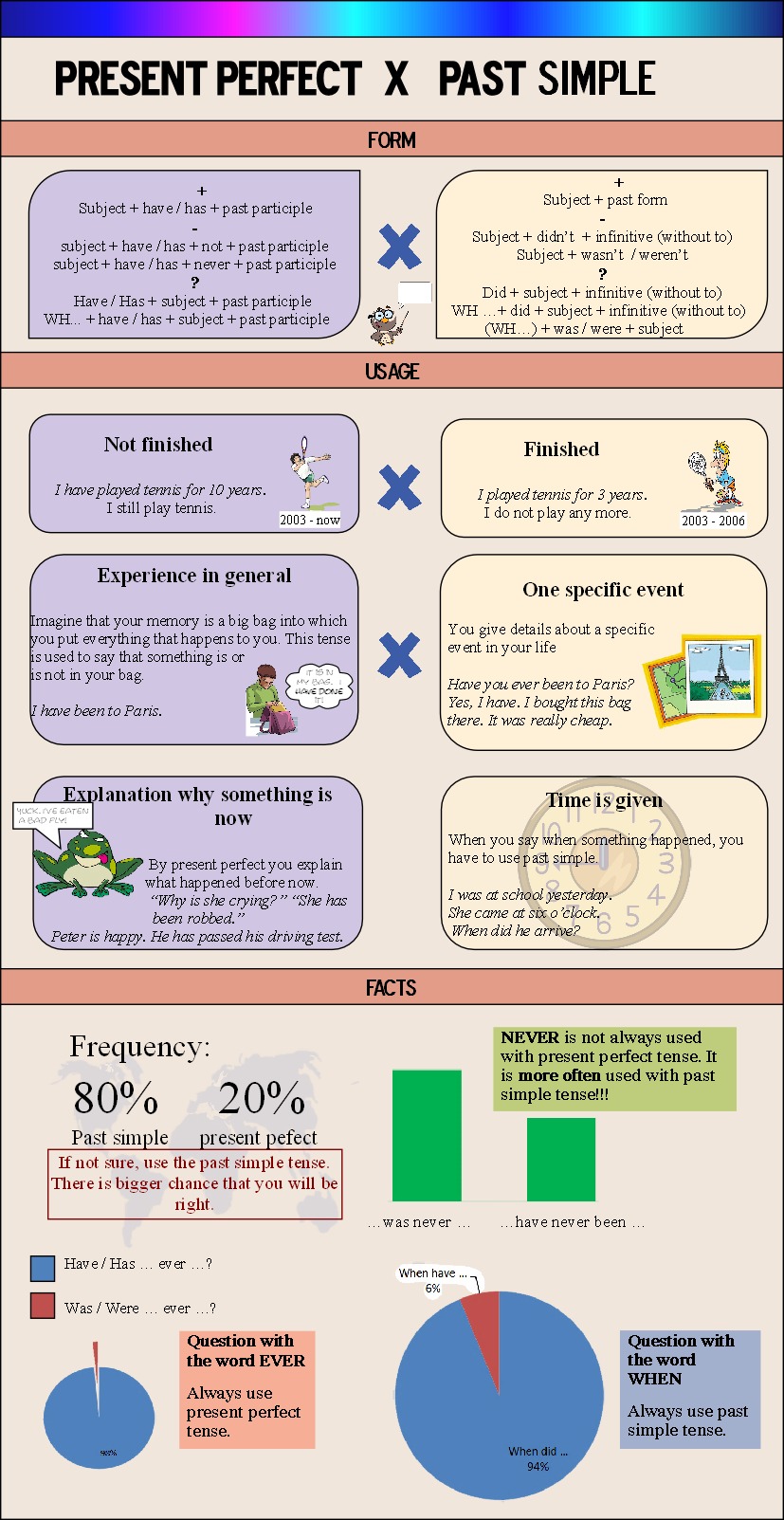Present perfect vs. Past simple – new activities
The present perfect tense is one of the most difficult tenses for my students. Therefore, I have spent a lot of time creating various materials to teach this tense. To save your time, I share the materials here.

